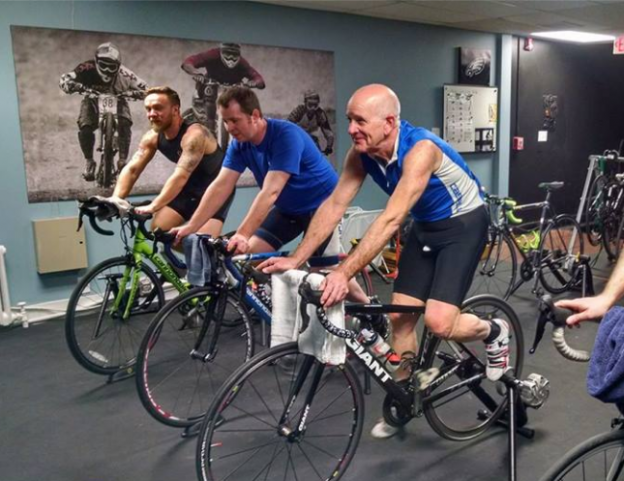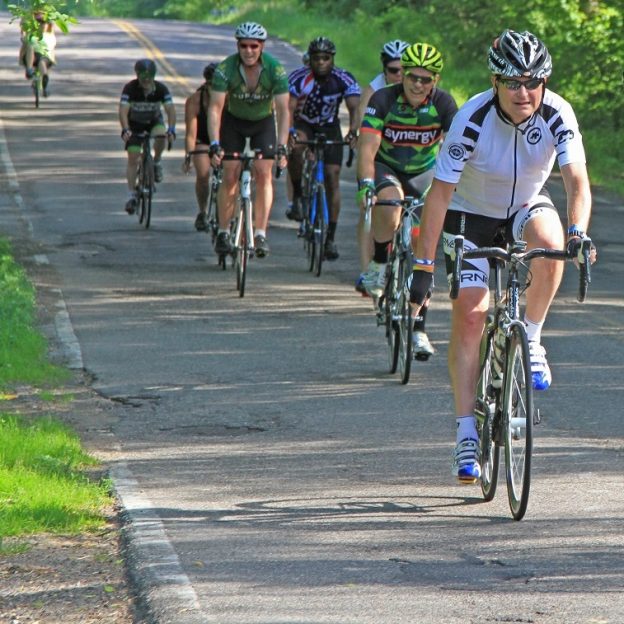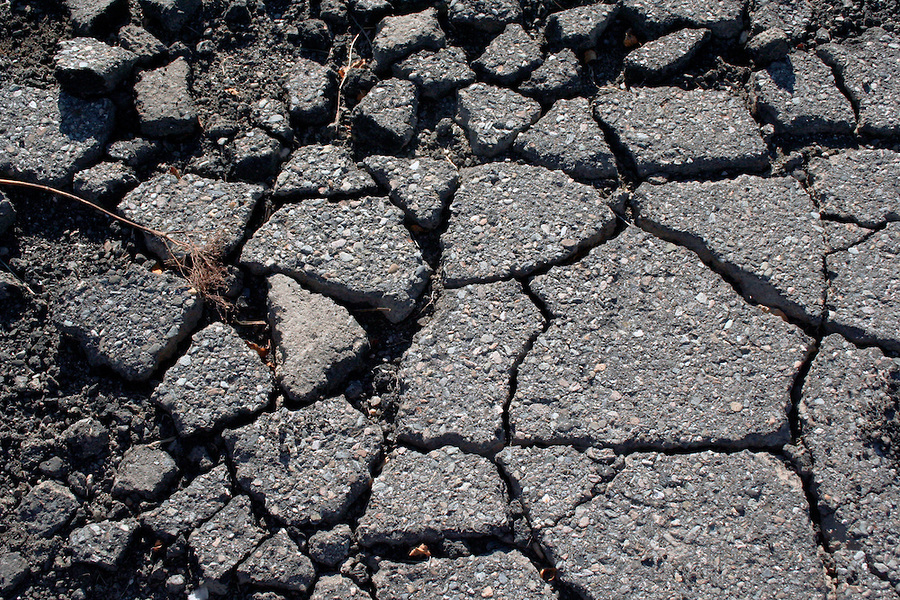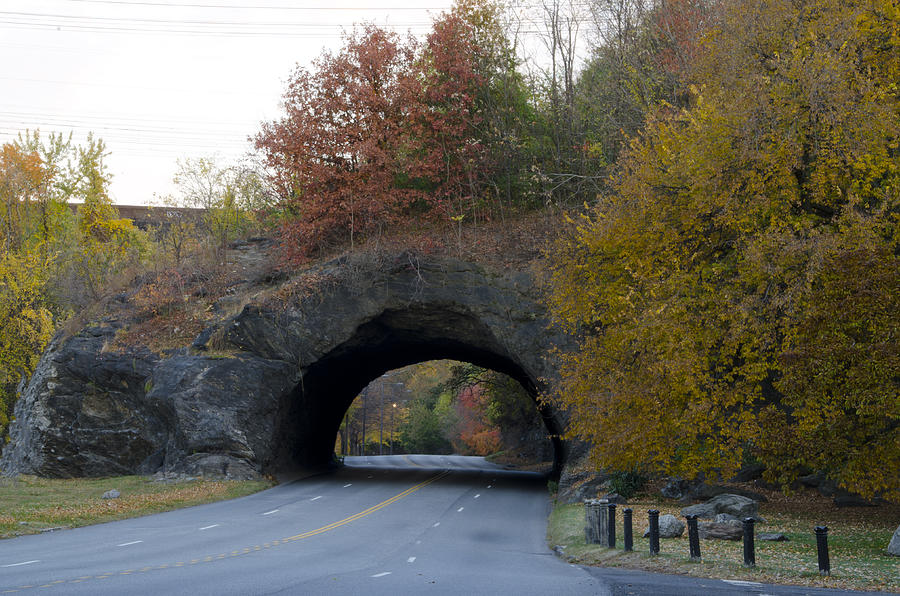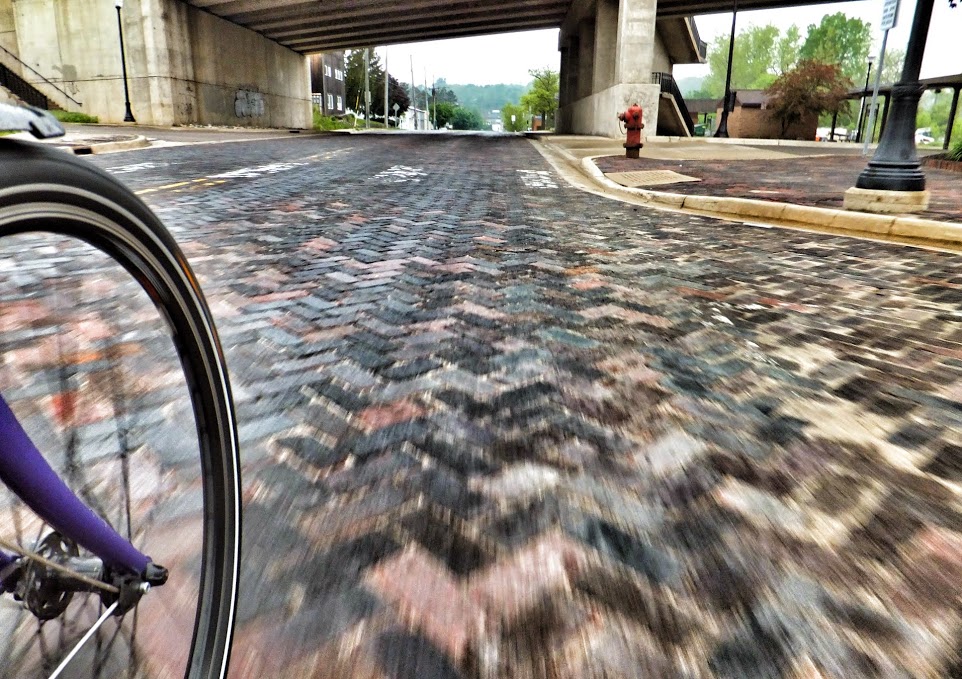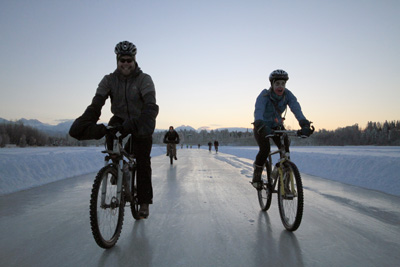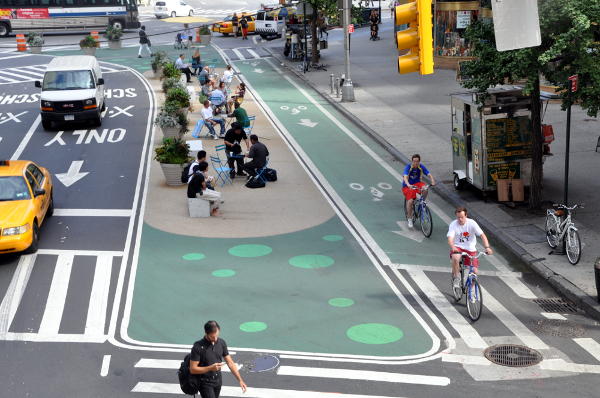by John Brown
No matter how brave you are sometimes weather conditions keep you from conquering those trails with indoor biking. This is especially true as the mercury drops and turns our beloved Earth into something reminiscent of the Russian front. Luckily, there are plenty of ways to have fun with indoor biking.
Indoor Biking with a Spin Class
Most gyms offer spin classes. These classes use a stationary bicycle, music, and instructors to guide a class through about a 1-hour workout. Spin classes are a source of indoor biking, and it gets you out of the house.
There are, however, a few downsides with spin classes to keep in mind. One issue is that a spin bike won’t fit the same as your bike. To fix this, many riders will install their own saddle and pedals on a spin bike before each class. The other potential problem is that the classes are not tailored to your personal goals. The classes are usually high-tempo, high-effort workouts that might not fit with your training plan. Some riders find they like the community of spin class but not the specific ride, so they opt in or out of certain portions of the workout.
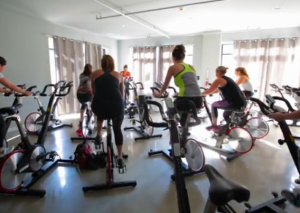
Indoor biking with a spin class
Using an Indoor Trainer
Riding an indoor trainer has gotten much more popular for riders of all ability levels, and it’s the kind of indoor biking where you can use your bike. A trainer is a device that holds your bicycle upright, creates resistance when pedaling, and simulates an outdoor ride while riding your bike indoors. Using an Indoor trainer, you can ride from the comfort of your home or in a group setting (most bike shops have trainer nights through the winter).
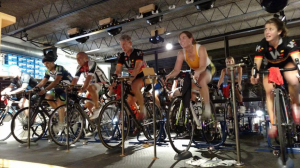
Indoor Trainer Group Ride
There is usually a leader when riding with a group, but if riding alone, you can still have fun. It’s best to start with a plan. If you intend to get on the trainer and ride for 60 minutes while watching TV, I hate to break it to you, but that quickly gets boring. So, how do you keep the ride fun? First, you must create intrigue because you cannot rely on terrain to supply stimulus. There are no hills, descents, turns, or beautiful vistas to keep you interested. But you can use your trainer to mimic the efforts of a great outdoor ride.
How to Build a Ride
For example, let’s describe a normal outdoor ride, then create a workout to mimic that ride on the trainer. The ride starts by carving through a neighborhood on our way to open roads. Snaking through our neighborhood would require some turning, braking, and acceleration (a great natural warm-up), so on the trainer, you would do something like:
- Pedal in an easy gear for one minute
- Then, for the two subsequent minutes, increase your pedaling speed (called Cadence)
- Follow that by slowing that cadence down over the next two minutes.
- Repeating that two or three times is a great way to get your legs moving
The next obstacle on our imaginary ride is a hilly section of the road. To mimic hilly terrain when riding your bike indoors, try the following:
- Shift into a harder gear and pedal at 80% of your maximum effort for 2 or three minutes
- Followed by one or two minutes of soft pedaling (hard effort for the climb, followed by no effort on the descent).
- Repeat this type of interval in groups of three.
Finally, our ride concludes with city line sprints (earn bragging rights over your friends). To simulate this action, try the following:
- Shift your bicycle into a difficult gear
- Ride at 80% effort for one minute
- Then, sprint all out (max effort) for fifteen to twenty seconds.
- Follow each effort with some soft-pedaling.
Workout Example
A written cue sheet of this ride would look like the following:
5-Min. warm-up
1-Min. 50% effort low cadence 1-Min. 50% effort medium cadence 1-1-Min. 50% effort High cadence 1-1-Min. 50% effort Medium cadence 1-Min. 50% effort low cadence Repeat 3x
4-Min, soft pedal
3-Min. 80% effort 2-Min. soft-pedal Repeat 3x
4-Min. soft-pedal
1-Min. 80 effort 15-Second sprint 45-Second soft-pedal Repeat 4x
9-min. cool down with drills
A ride like the one above takes one hour, keeps you moving and only involves hard effort for ¼ of the ride. By switching up different intervals of effort and rest, indoor biking can be beneficial and fun.
Trainer Pitfalls
Time on the trainer can be very beneficial to your riding. However, it can also be very hard on you if done improperly. When riding outdoors, you have natural portions of rest while coasting or descending, but on an indoor trainer, you cannot coast. People tend to pedal with effort on a trainer throughout the ride and overdo it. A good rule of thumb is to balance high effort with rest at a three-to-one ratio. If a ride calls for ten minutes at 80% effort, include 30 minutes of low-effort work.
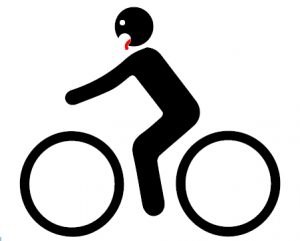
Too Tired!
Low Effort, High Benefit Drills
How do you keep the ride interesting without effort? Try including drills like one-leg drills, high cadence drills, spin-up drills, top-only drills, and toe touch drills. These require very little effort but build new skills.
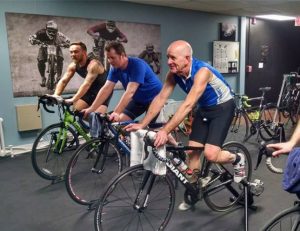
One leg Drill
- One-leg drills – As they sound, these drills are done with one leg (see above). Clip your right leg out of your pedal, hang it away from the bike, and pedal with only your left leg. Try to get the pedal stroke smooth as possible without any noise or bumps.
- Spin-up drill – With your bike in an easy gear, spin the pedals as quickly as possible. Keep increasing your cadence until your upper body bounces, then taper back to a normal speed. Repeat, each time, trying to get faster while keeping your upper body still (this whole drill takes about 30 seconds per spin-up).
- High-cadence drill – With your bike in an easy gear, spin at the fastest cadence you can without your upper body bouncing. Hold that cadence for one or two minutes.
- Top-only drills – Try to pedal using light effort and attempt to keep the top of your foot in contact with the top of your shoe throughout the pedal rotation. You won’t actually be pressing down on the pedal during this drill, but instead pulling up.
- Toe touch drills – While pedaling, attempt to touch your toe to the front of your shoe at the top of each pedal stroke. While this isn’t possible, it will help teach your body to begin the pedal stroke earlier in its rotation.
With some research and experimentation, indoor biking can keep you satisfied while you wait for the weather to get better.
